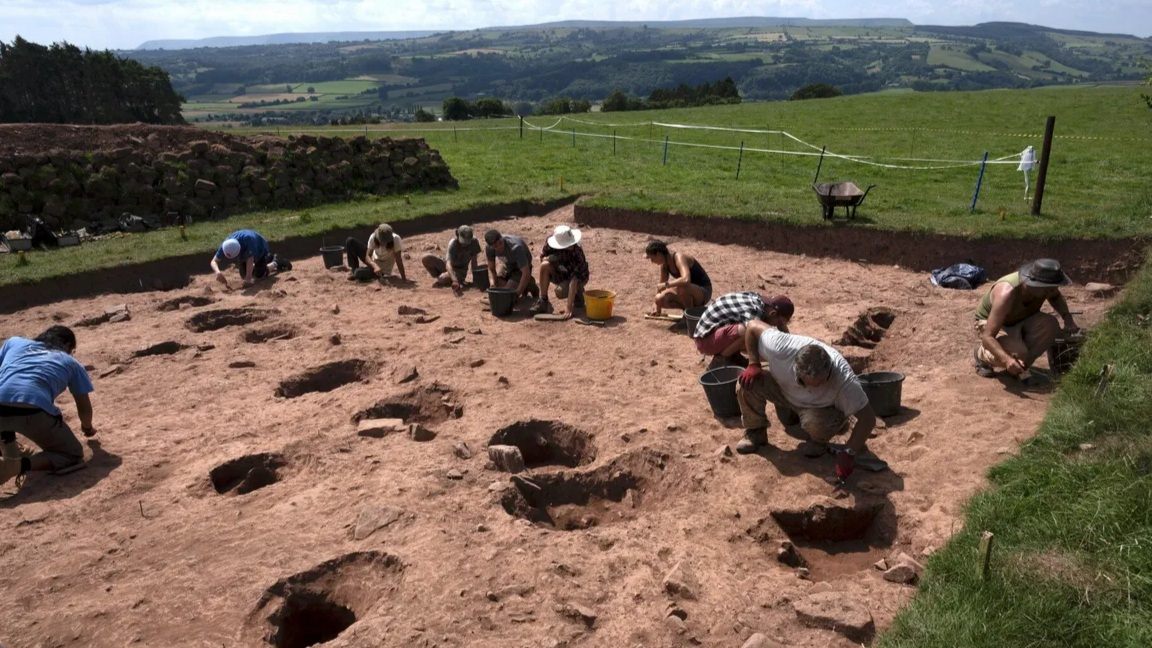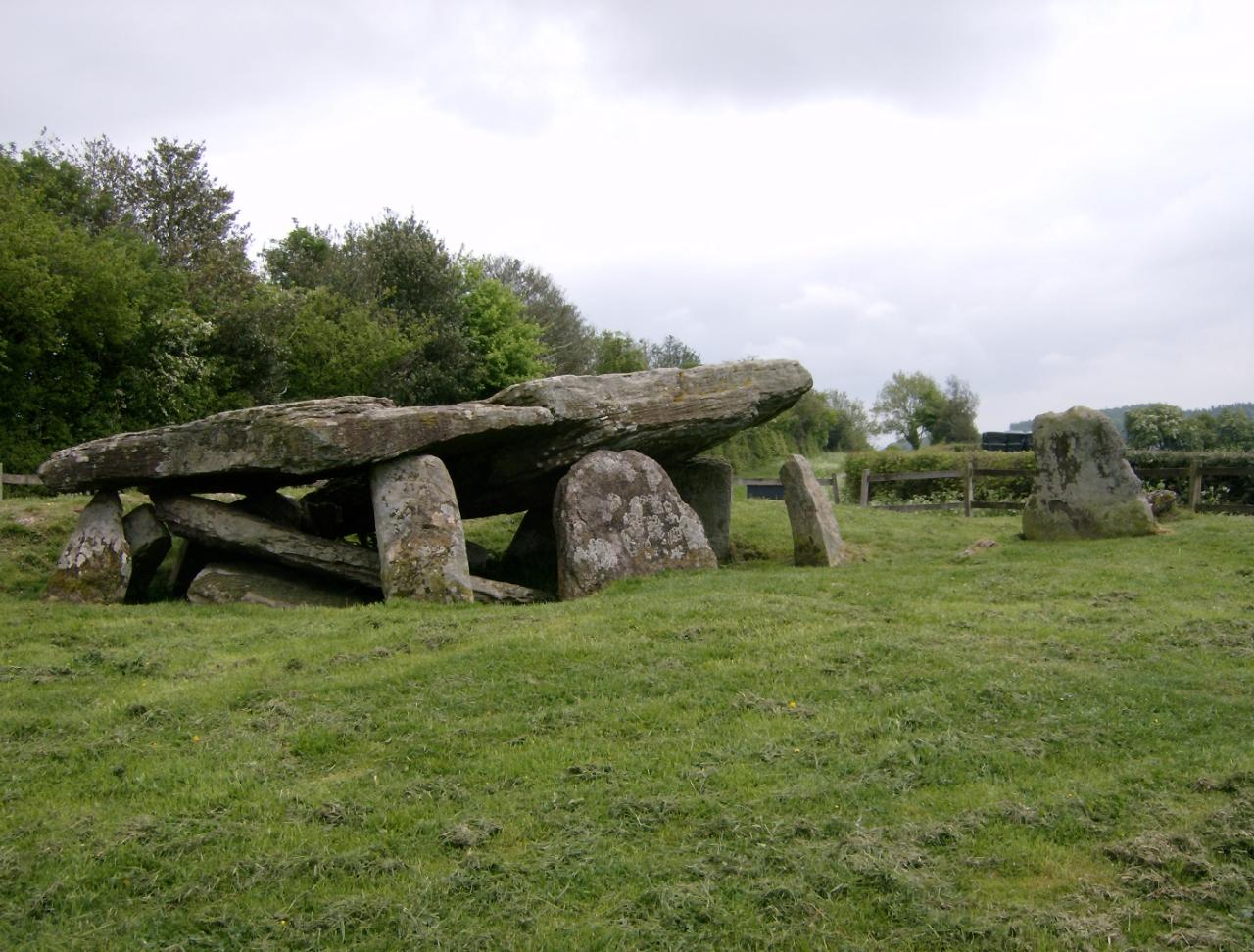Archaeologists from the Universities of Manchester and Cardiff have identified the origins of Arthur’s Stone, one of the most well-known Stone Age monuments in the United Kingdom.

Professor Julian Thomas of Manchester, who supervised the dig, said the magnificent Herefordshire tomb is related to adjacent ‘halls of the dead’ found in 2013.
It is the first time the structure, which inspired C.S. Lewis’ The Lion, the Witch, and the Wardrobe, has been thoroughly excavated. Arthur’s Stone, which dates back to the Neolithic period around 3700BC, is located on a lonely hilltop outside of the community of Dorstone, facing the Black Mountains in south Wales.
Archaeologists thought that its large capstone, erected on a series of supporting stones, and smaller chamber with a right-angled passage were both part of a wedge-shaped stone cairn, similar to those seen in the Cotswolds and South Wales. Professor Thomas and Cardiff’s Prof Keith Ray, on the other hand, demonstrated that the monument once stretched into a field directly to the south of the grave.
English Heritage manages Arthur’s Stone as a scheduled monument. The excavations took place to the south of the burial chamber, outside of the guardianship area.
They discovered that the tomb was once a large mound of piled turf held together by a fence of upright posts arranged in a narrow wall encircling the mound. When the posts rotted away and the mound fell, an avenue of bigger posts was constructed from the Golden Valley below, going toward the mound.
“Although Arthur’s Stone is a well-known Megalithic monument of international significance, its origins were unknown until today. It’s amazing to be able to shed light on this incredible 5700-year-old tomb, as it serves to convey the narrative of our origins,” explains Thomas.
The original mound, seen in the fence slot and parch-marks visible from the air encircling the stone chambers, points toward Dorstone Hill, a neighbouring hilltop.

The latter avenue of posts, along with the two stone chambers and an upright stone just in front of them, align on the distant horizon in the gap between Skirrid and Garway Hill to the south-east.
“The varied orientations of the two phases of construction are noteworthy since our excavations on Dorstone Hill in 2011-19 found three long mounds identical in structure to that now recognised to represent the first stage of Arthur’s Stone,” Prof. Thomas noted.
“Each of these three grass mounds was created on the footprint of a big timber structure that had been purposefully burned down.” As a result, Arthur’s Stone has now been linked to these adjacent ‘halls of the dead,’ which made headlines in 2013.
“In fact, the highland block between the Golden and Wye Valleys is now being exposed as holding an integrated Neolithic ceremonial environment.”
The excavations at Arthur’s Stone are part of the Beneath Hay Bluff Project, which has been looking into early prehistoric southwest Herefordshire since 2010, led by Keith Ray and Julian Thomas, with assistant directors Nick Overton (University of Manchester) and Tim Hoverd (Herefordshire Council).




